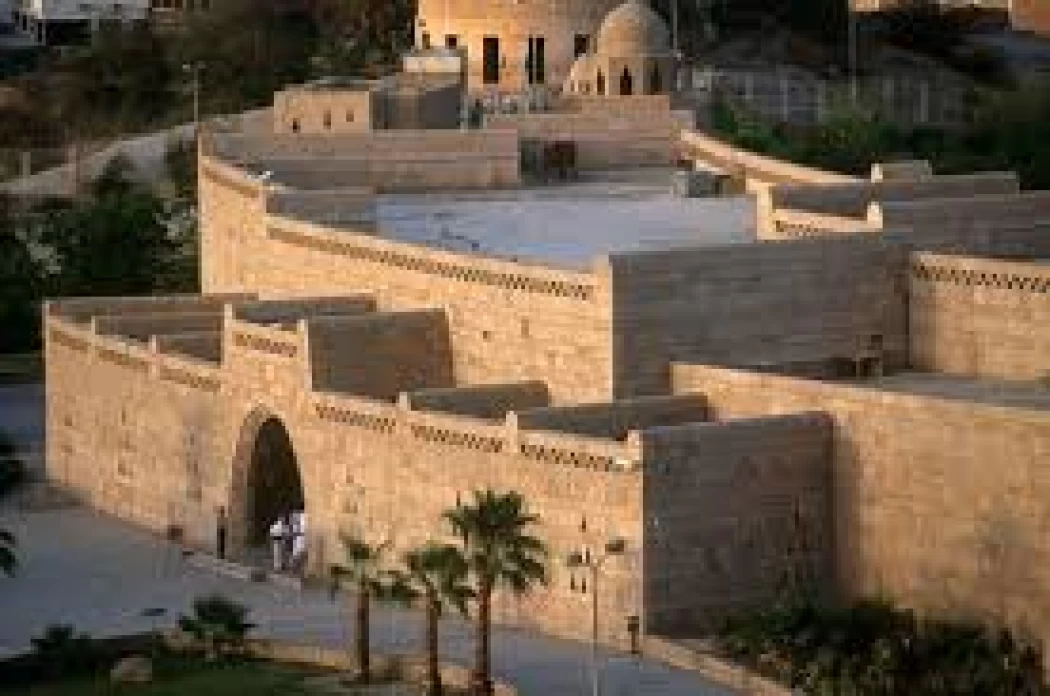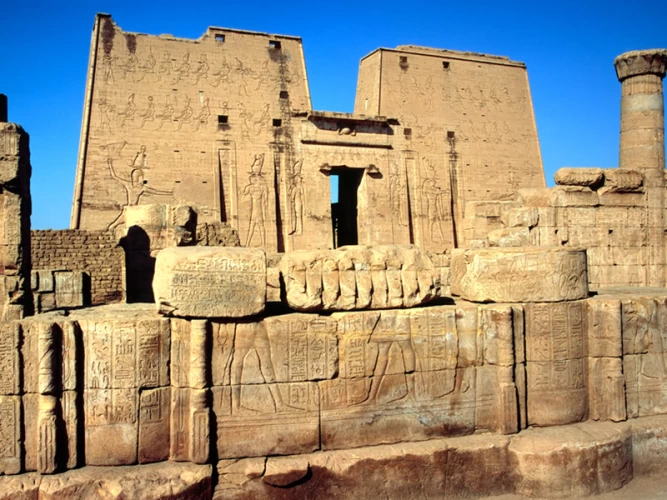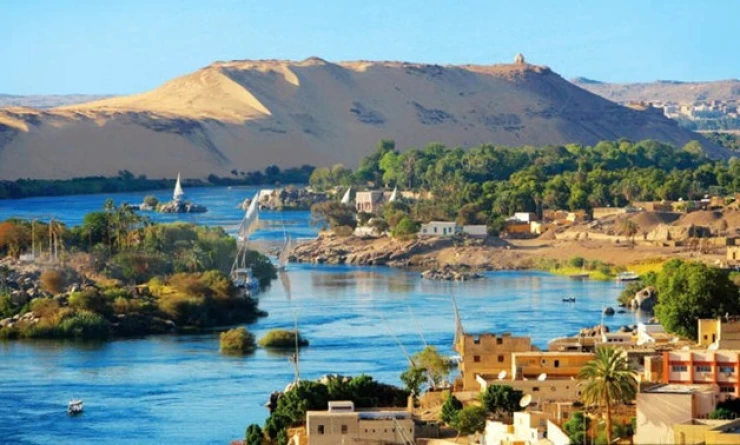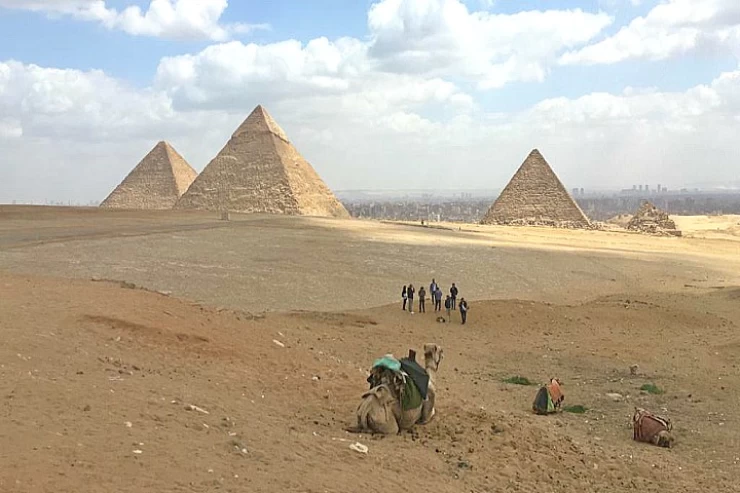
The Nubian Museum of Aswan
The Nubian Museum is one of the most beautiful places in Aswan that you can discover during Aswan Day Tours. It is special with the designation of the Nubian style of architecture; while building it the designers were infatuated with the Pharaonic tombs and were inspired to build the Museum. The Nubian Museum won the Award of Aga Khan for the most beautiful building and architectural style in the world in 2001. Aswan is always providing a unique experience for its visitors during Egypt Classic Tours with their partners and families.
Firstly, many Studies were started to build the museum in the early eighties and the museum was launched in the late nineties and opened for visitors. It includes more than 5,000 artifacts reflecting how was the development of Nubian civilization and heritage. Concerning the design of the Nubian Museum consists of three floors and many halls. One of the prominent discoveries in the museum is the skeleton of a 23,000-year-old human being that was found in western Aswan in 1982 in the area of the Wadi Al-Kubaniya area. Visitors always looking to have the magical experience of visiting Aswan during being on one of the best Nile Cruise Tours sailing between Luxor and Aswan.
In addition, the museum's external display contains 86 different sizes of unique pieces of large statues and archaeological paintings. The museum represents the Nubian history of the People of Nubia from different ages through different eras and models of daily life in ancient Nubia. The Museum is also enhancing the knowledge about the history and heritage; Therefore, the museum also organizes archaeologists and foreign missions working in Aswan many seminars, conferences, and workshops. The museum also cares about the new generation and has a special section for museum education to educate school students about the importance of antiquities and their preservation and to train them in various activities in a practical way.


















